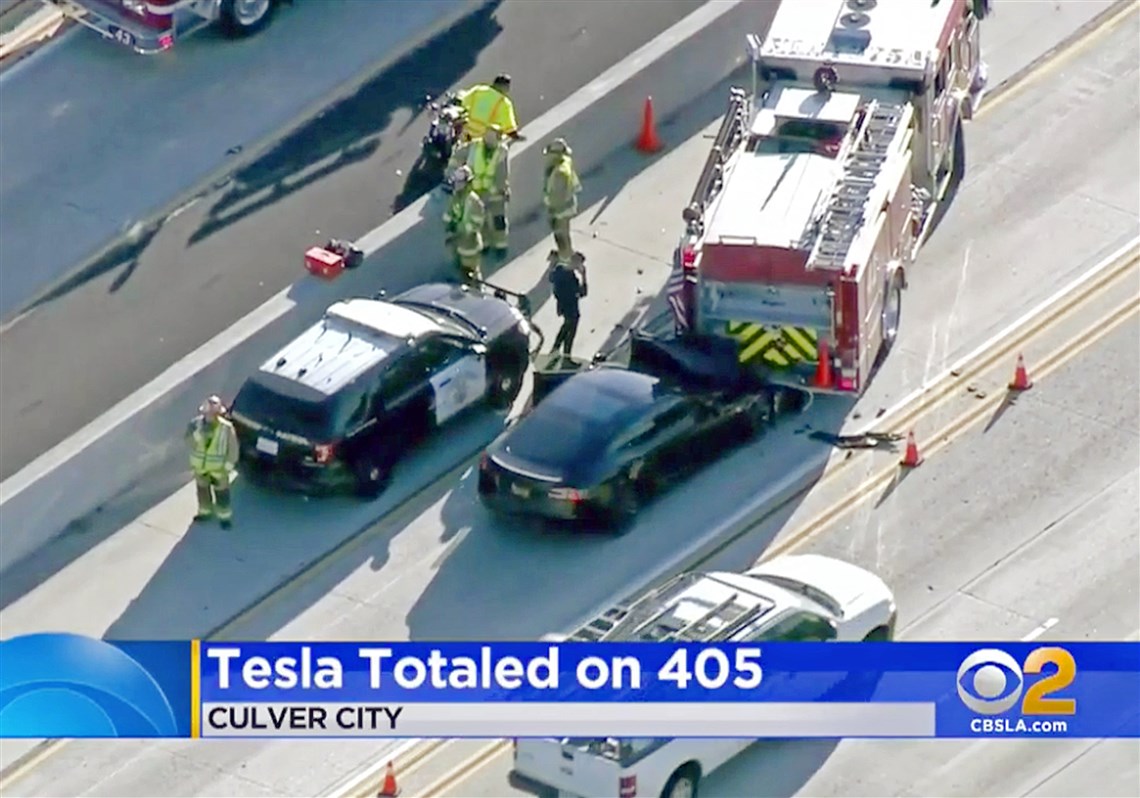Hey guys,
So, I was watching the Mobile eye CES2017 presentation, and I'm starting to get a little worried about the state of Teslas level 3 & 4 autopilot progress.
In the presentation, it was made very clear that it's important to have a front and rear lidar systems and we all know Elon doesn't like using Lidar.
If I understand, correctly Audi A8 has this level 3 system in their new vehicles. (It operates only in a traffic jam as for now) and BMW is testing and plan to release a car in 2020.
The mobile eye is taking the same eight camera approach as Tesla except for using Lidar for redundancy.
I know their REM system is kind of similar to what Tesla is doing by crowdsourcing and collecting data and building map data from existing vehicles.
My Model X is coming in May, and by all means, I want Tesla to win. But given the lack of updates and "coming soon" feature promises do you think Tesla can solve the problem without using Lidars? I know the weather has an impact on the lidars and when I test drove the MX it was the cold, rainy and dark weather but the autopilot worked flawlessly. But I want Tesla to win the Level 3 or 4 game before others.
From their Level 3/4 demo, it seems Tesla can do the full autonomous driving with just cameras and radar but whats the holdup? Do they have to collect more data?
Where I live (Norway), we have too many Teslas, and I'm sure there is a tonne of data already.
Any sort of technical input would be great.
So, I was watching the Mobile eye CES2017 presentation, and I'm starting to get a little worried about the state of Teslas level 3 & 4 autopilot progress.
In the presentation, it was made very clear that it's important to have a front and rear lidar systems and we all know Elon doesn't like using Lidar.
If I understand, correctly Audi A8 has this level 3 system in their new vehicles. (It operates only in a traffic jam as for now) and BMW is testing and plan to release a car in 2020.
The mobile eye is taking the same eight camera approach as Tesla except for using Lidar for redundancy.
I know their REM system is kind of similar to what Tesla is doing by crowdsourcing and collecting data and building map data from existing vehicles.
My Model X is coming in May, and by all means, I want Tesla to win. But given the lack of updates and "coming soon" feature promises do you think Tesla can solve the problem without using Lidars? I know the weather has an impact on the lidars and when I test drove the MX it was the cold, rainy and dark weather but the autopilot worked flawlessly. But I want Tesla to win the Level 3 or 4 game before others.
From their Level 3/4 demo, it seems Tesla can do the full autonomous driving with just cameras and radar but whats the holdup? Do they have to collect more data?
Where I live (Norway), we have too many Teslas, and I'm sure there is a tonne of data already.
Any sort of technical input would be great.



